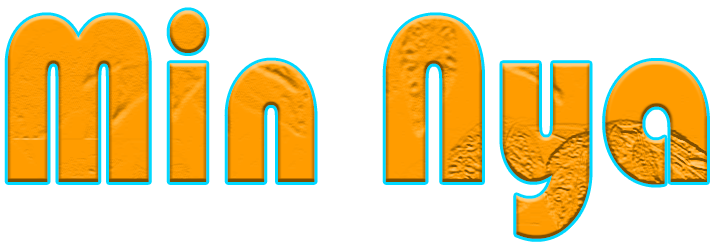Yes, of course! Although insurance policies can be intricate documents, they all have certain commonalities. Here is a summary of the essential elements and ideas to comprehend:
The person or organization that acquires the insurance coverage is known as the policyholder. This could apply to a person, company, or any other kind of organization.
The organization that supplies the insurance coverage and guarantees payment for damages covered is known as the insurer or insurance company.
The sum of money that the policyholder gives the insurer in return for insurance coverage is known as the premium. Depending on the specifics of the policy, premiums may be paid quarterly, monthly, semi-annually, or annually.
Coverage: The particular risks or occurrences that are covered by the insurance policy. This could involve things like theft, liability, physical harm, and property damage, among other things.
Policy Limit: The highest sum that will be reimbursed by the insurer for losses covered by the policy. Usually, policyholders can select the coverage limits that best suit their demands and financial situation.
Deductible: The sum of money that the policyholder has to fork over before their insurance starts to pay. For instance, if your auto insurance coverage has a $500 deductible and you are in an accident that results in $2,000 worth of damage, you will be responsible for the first $500 of the damage, with the insurance company paying the remaining $1,500.
Exclusions: Particular dangers or occurrences that the insurance coverage does not cover. It is imperative that policyholders comprehend the scope and limitations of coverage provided by their policy.
An amendment to an insurance policy that alters or broadens coverage is known as a rider or endorsement. For instance, you may include coverage for pricey jewelry or artwork as a rider on your homeowner’s insurance policy.
The length of time that an insurance policy is in force is known as the policy term. Policies might have a short duration (like a year) or a long duration (10, 20, or 30 years).
A claim is a request for payment of a covered loss submitted by the policyholder to the insurance provider.
Underwriting: The procedure by which the insurance provider assesses the risk that the policyholder poses and establishes the amount of the premium.
The act of extending or carrying out an insurance policy past its initial term is known as renewal. Usually, policies can be extended at the end of their term or once a year.
You may purchase insurance for yourself, your family, or your business with confidence if you grasp these fundamental ideas. They will also help you navigate the insurance market and make wise selections. It’s also crucial to carefully read over your policy materials and to seek clarification on any points you don’t understand.

